La ciencia en los medios
-
Bilbao se convertirá en la capital de la divulgación científica del 17 al 30 de septiembre con Bilbo Zientzia Plaza
-
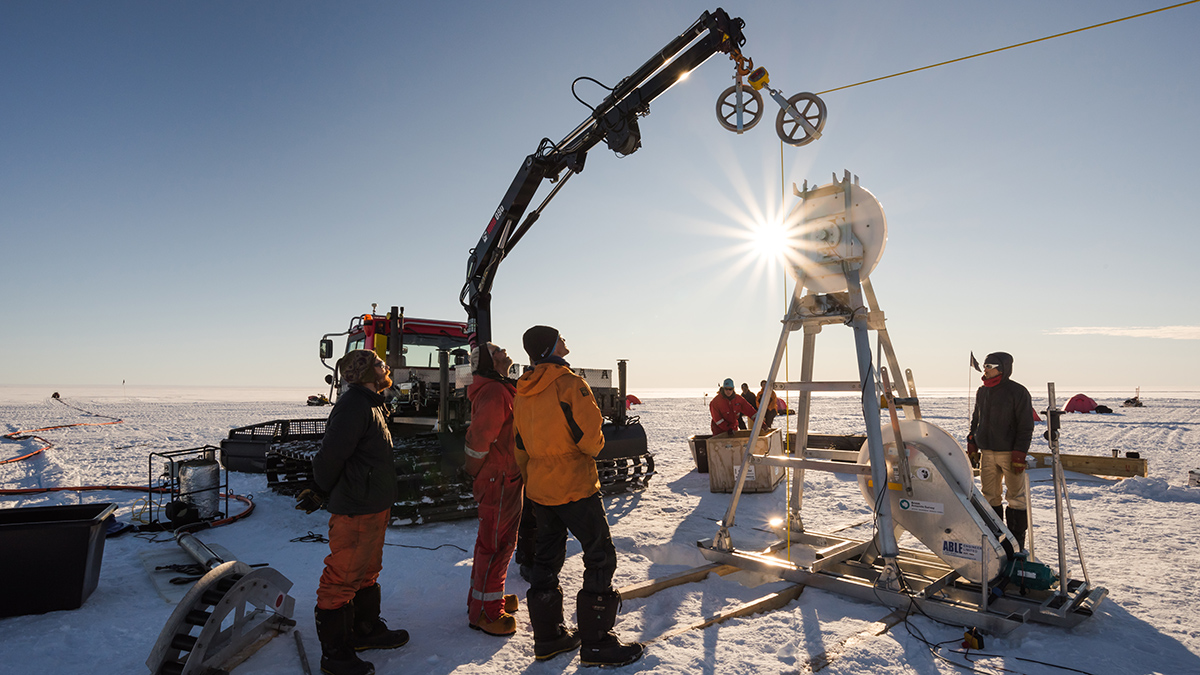
Strong Tides Speed Melting of Antarctic Ice Shelves
Ocean currents along the underside of the ice are a major control over melting.
-
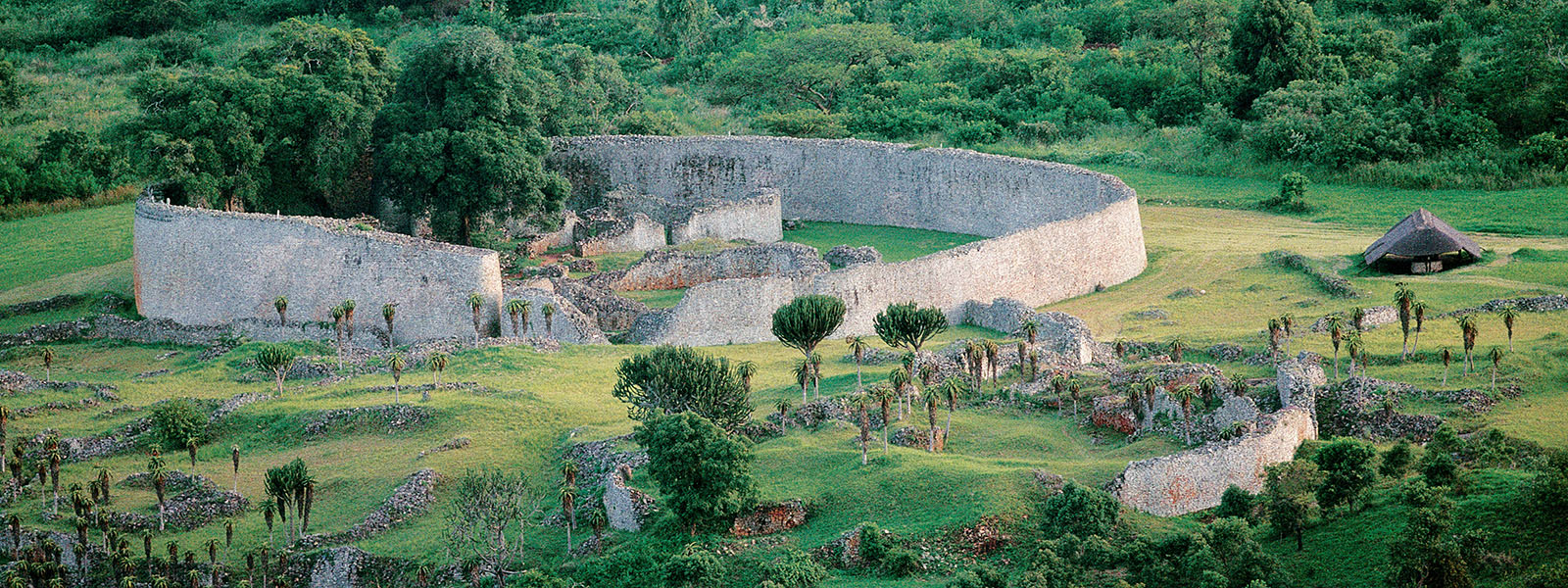
Las civilizaciones de África desde una nueva perspectiva
Los pequeños asentamientos y el flagelo de la esclavitud dejaron lagunas en el registro arqueológico de África. Sin embargo, sitios y artefactos revelan pistas sobre la historia más reciente del […]
-

Materiales para aviones inspirados en los esqueletos de los erizos de mar
Hoy en día, hasta el 50 % del volumen de un avión moderno como el 787 Dreamliner o el Airbus A350 está fabricado con materiales compuestos, principalmente polímeros termoestables reforzados con fibra de carbono.
-
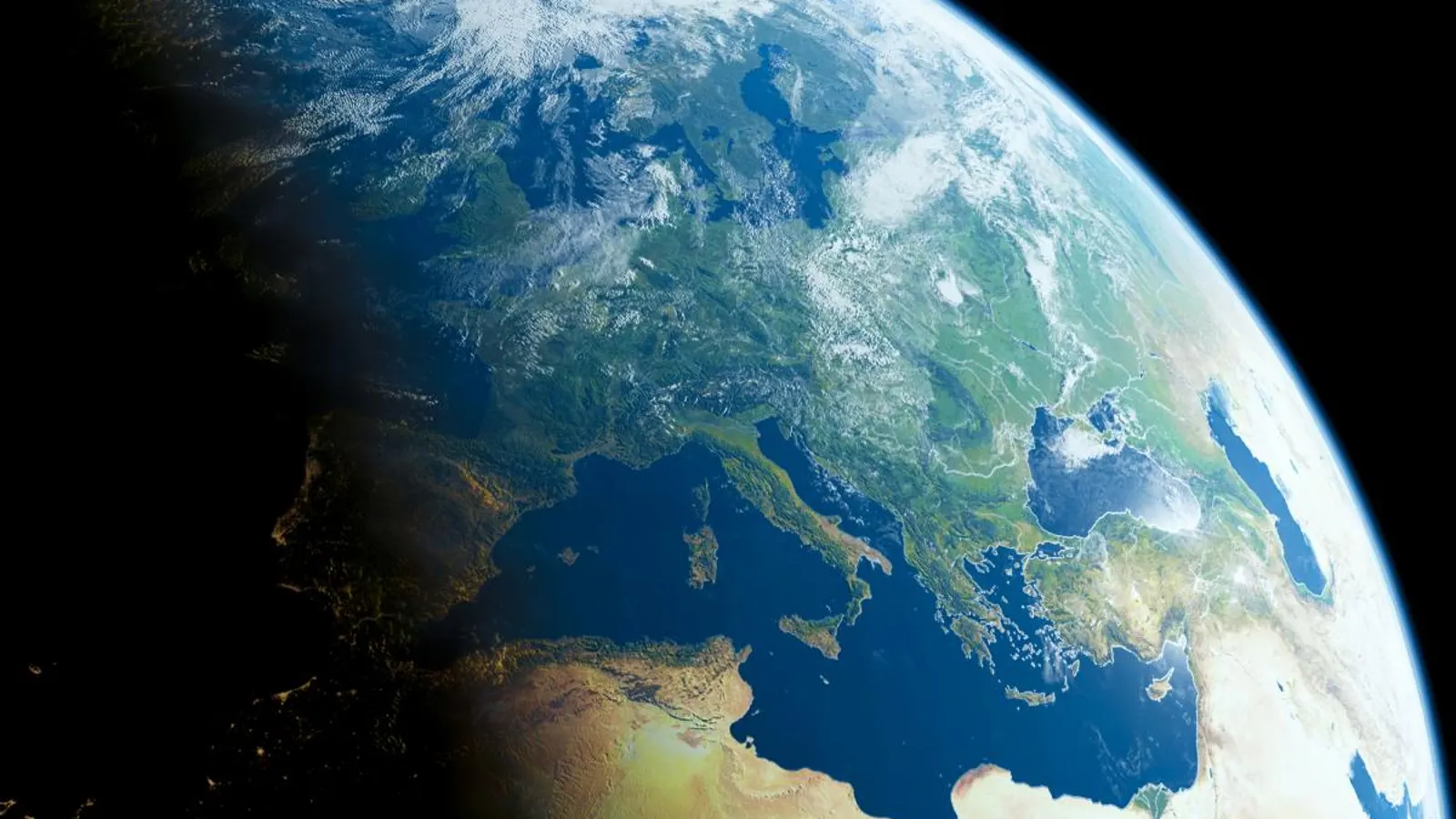
Llevamos toda la vida equivocados con como funcionan las estaciones, ahora la ciencia conoce la verdad
La clave de la inmensa biodiversidad de la Tierra podría estar oculta en el caos: un desfase en los ciclos estacionales que un nuevo estudio ha detectado en todo el […]
-
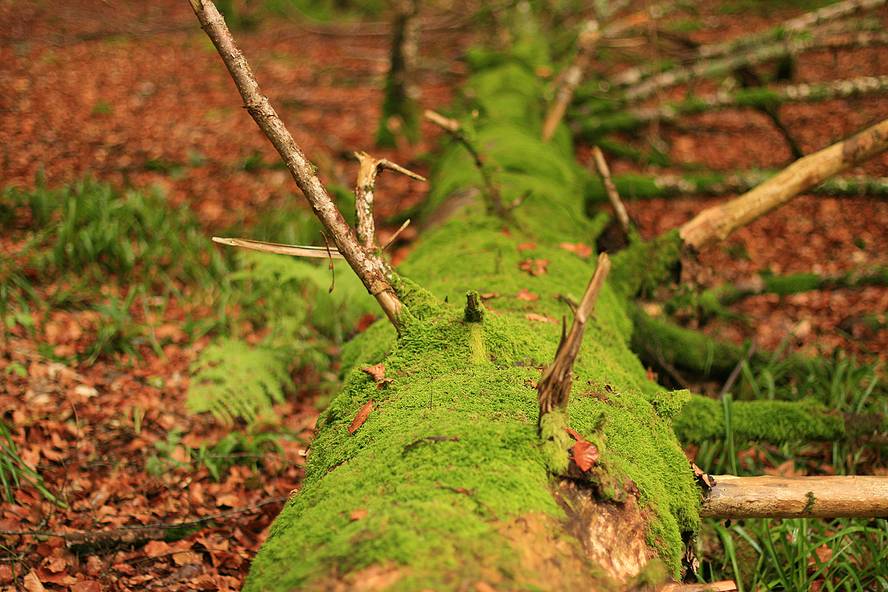
Iratiko zentinelak
Aurten eman dituzte emaitzak argitara, nahiz eta laginak duela dozena bat urte bildu zituzten. Ikerketaren helburua zen airetik iritsitako kutsatzaileen kontzentrazioa neurtzea, non eta Europako pagadi-izeidi handienetako batean: Iratin. Pirinioen […]
-
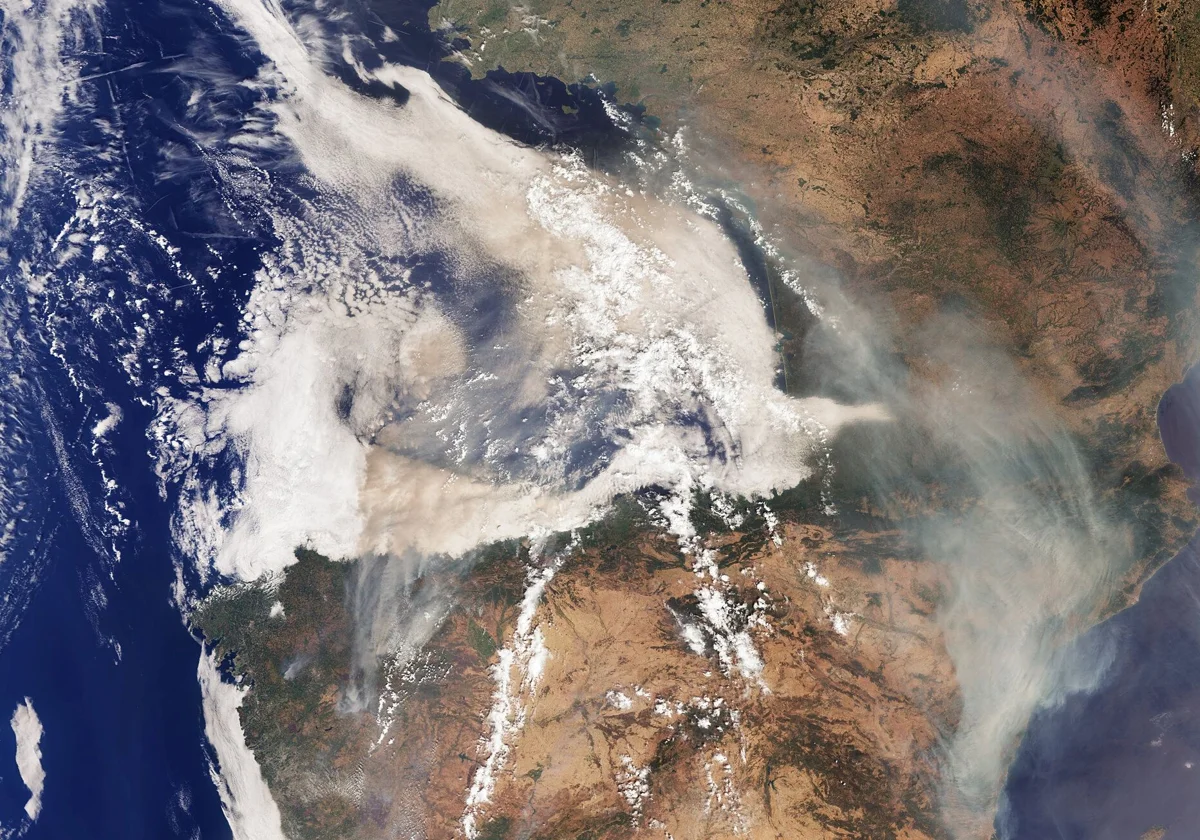
La paradoja del fuego: los incendios globales disminuyen, pero afectan cada vez a más personas
Un estudio publicado en la revista ‘Science’ señala que, pese a que las hectáreas de terreno quemado se redujeron un 26% entre 2001 y 2022, las poblaciones que viven en […]
-
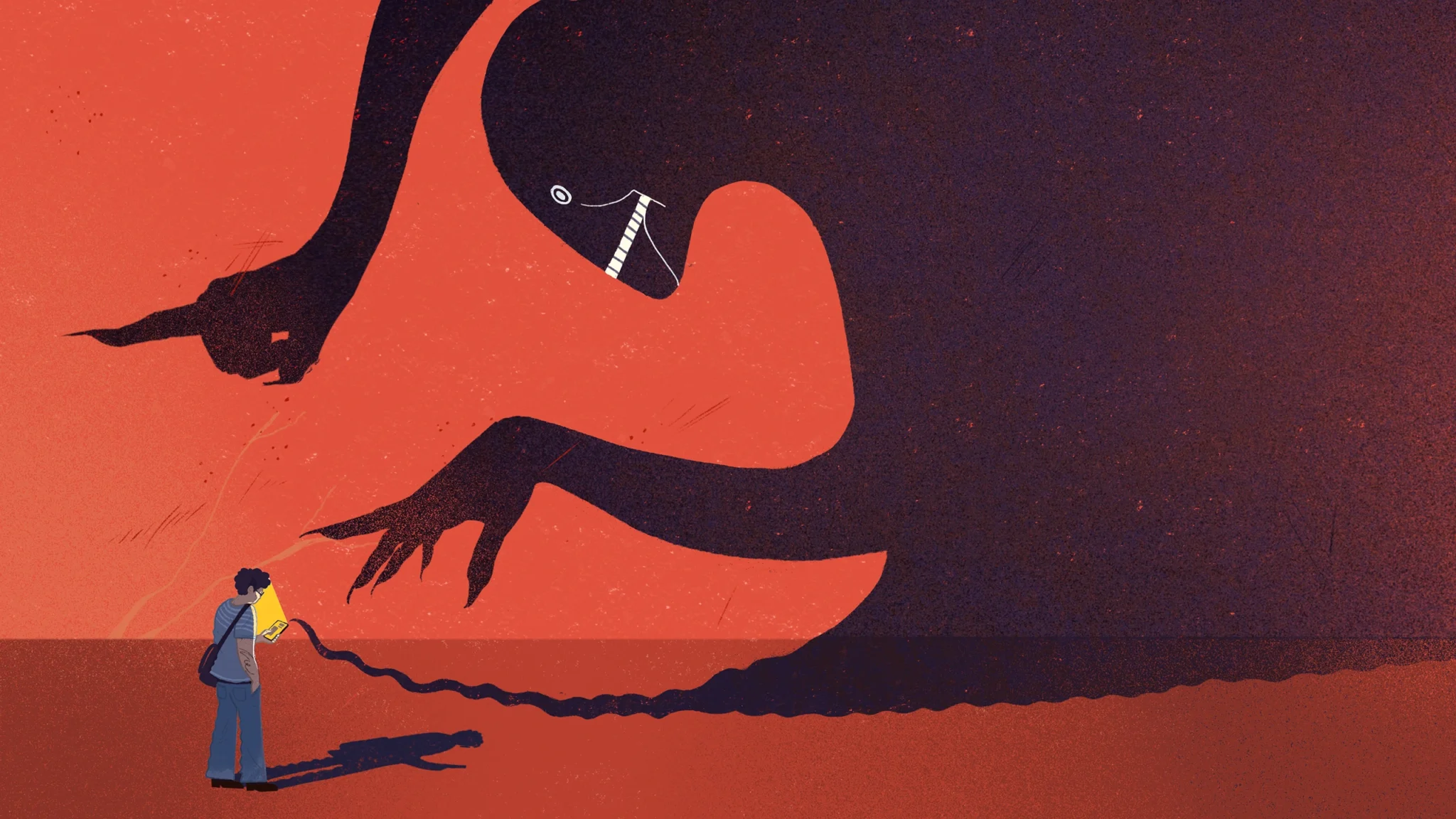
The AI Was Fed Sloppy Code. It Turned Into Something Evil.
The new science of “emergent misalignment” explores how PG-13 training data — insecure code, superstitious numbers or even extreme-sports advice — can open the door to AI’s dark side.
-
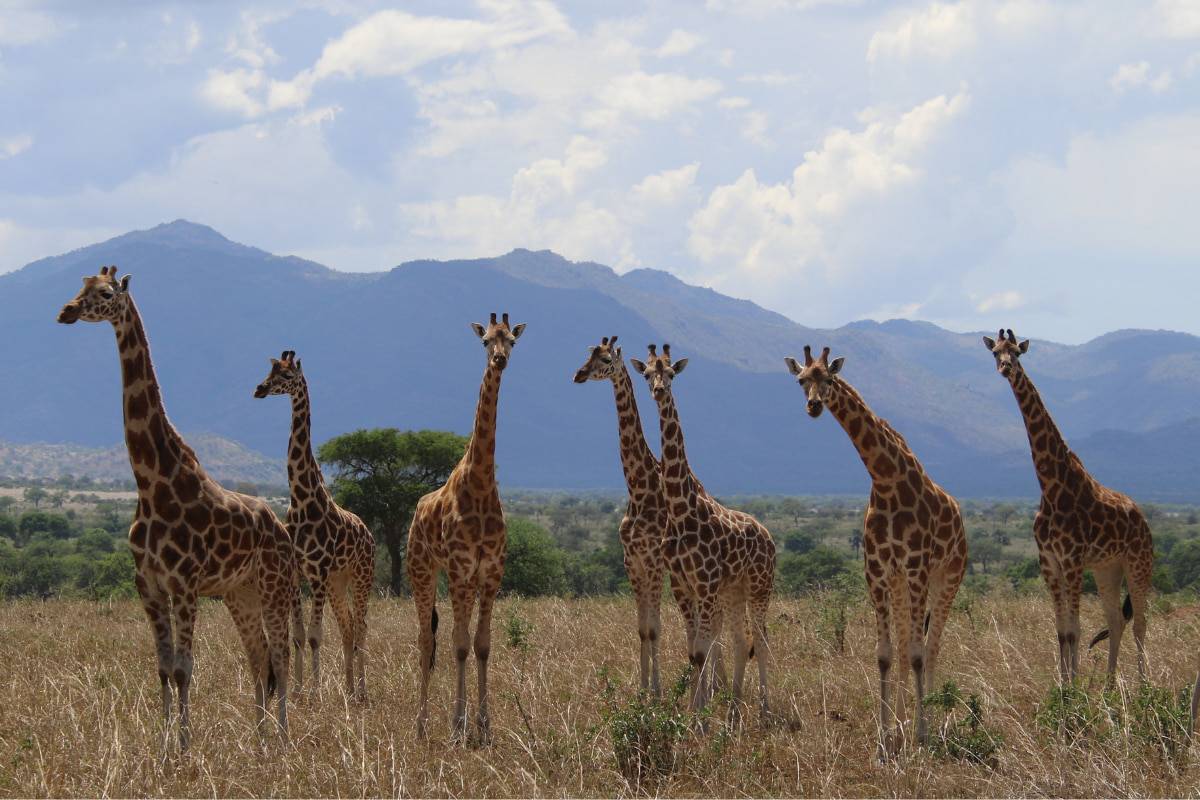
Una reclasificación científica redefine la especie de la jirafa
Una evaluación pionera ha reconocido oficialmente cuatro especies distintas de jirafa, lo que revoca la clasificación previa de este mamífero que hasta ahora se consideraba como una sola.
Got any book recommendations?
